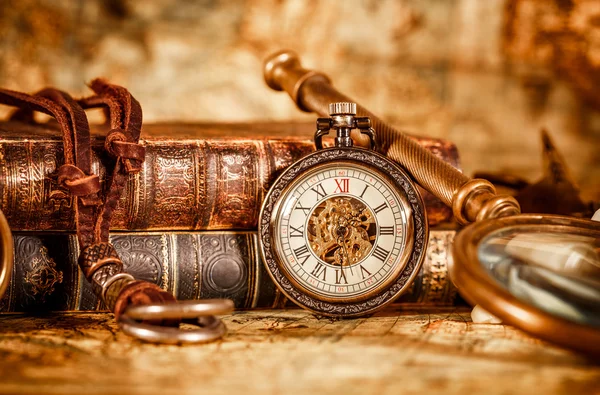Timeline of jewelry-making traditions in the cordilleran region

Ancient Times (pre-900 CE)
Earliest jewelry found dates to Neolithic period - made of stones, bones, teeth and shells
Beads and pendants emerge, made from materials like agate, carnelian, nephrite
Bronze casting used for bangles, rings, anklets
Pre-Colonial Era (900 CE - 1521)
Earliest gold jewelry dates to around 900-1300 CE
Intricate goldworks produced like lingling-o, tapuy, palipik
Ibaloi craft elaborate gold death masks
Head hunters produce prestige gold mortars
Boar tusk necklaces denote rank and valor among male warriors
Spanish Colonial Era (1521-1898)
Spanish introduce new tools and techniques like lost-wax, soldering, filigree
Materials like coral, glass beads and pearls incorporated
Old gold mines reopened to satisfy colonial demands
Tribes retain indigenous styles and meanings
Boar tusk necklaces continue to be integral to male prestige
American Colonial Era (1898-1946)
Americans establish Benguet Consolidated Mining in 1903 for gold extraction
Kalinga resist colonists taking ancestral gold fields
Foreign traders introduce modern tools like anvils, pliers
New jewelry schools set up by Americans and Europeans
Tusk necklaces persist as symbols of masculinity
WWII and Independence (1946-1970s)
Disruptions of WWII lead to decline in jewelry production
Revival sees demand for indigenous jewelry by tourists
Modern tools like torches adopted by jewelers
Schools revived to reclaim techniques lost in WWII
Tusk necklaces re-emerge proudly at cultural events
Contemporary (1970s-present)
High-karat gold preferred for cultural significance
New materials like titanium experimented with
Designs incorporate pre-colonial motifs
Tourism drives market for handcrafted ethnic jewelry
Balance of tradition and innovation sought
Tusk necklaces remain pillars of indigenous identity
0 Comments